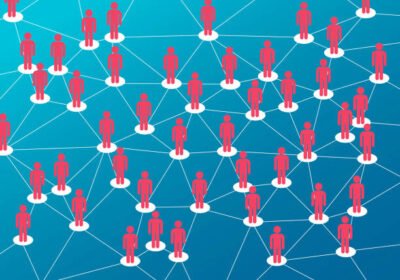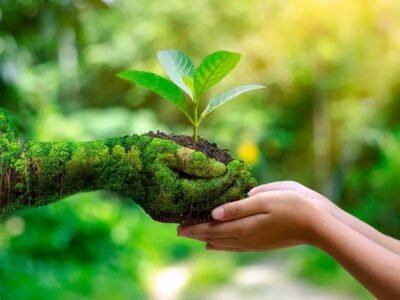EXTRA CURRICULAR ACTIVITIES
FACILITIES
CLUBS
Nature Club

President : Dr,R.Dhamotharan, Principal
Vice-President: Dr.M.Vairamuthu, HOD, Department of Botany
Secretary : Dr.S.Karthik, Assistant Professor of Botany (GL)
Member : Dr.S.Venkatesababu, Assistant Professor of Botany (GL)
Nature is a term that encompasses everything that has been created naturally on the planet, including animals, plants, people, climate and geology. The word comes from the Latin “natura“, which means natural.
Objectives
- Motivates the youth to love Mother Nature; creates an awareness on ecocide and promotes the tendency for conservation of biodiversity.
- Students are encouraged to grow trees in their surrounding environment and certificates are also issued to the successful tree growers.
Population Education club

President : Dr,R.Dhamotharan, Principal
Vice-President: Dr.V.Ramadas, Associate Professor & Head, Dept of Zoology
Secretary : Dr.K.subramanian, Assistant Professor of Zoology (GL)
Member :Dr.B.Gijilet Mary, Assistant Professor of Zoology (GL)
The current population of India in 2024 is 1,441,719,852, a 0.92% increase from 2023. The population of India in 2023 was 1,428,627,663, a 0.81% increase from 2022. The population of India in 2022 was 1,417,173,173, a 0.68% increase from 2021. Hence, it is essential to provide awareness to public through this club.
Objectives
- Organizes debates, symposiums and group discussions; population awareness campaign to achieve a social goal and conducts essay and elocution competitions
Consumer club

President : Dr,R.Dhamotharan, Principal
Vice-President:Dr.P.Ramalakshmi, HOD, Department of Commerce
Secretary :Dr.K.Karunanithi, Assistant Professor of Commerce
Member :Dr.N.Maheswaran, Assistant Professor of Commerce (GL)
- Every consumer has four fundamental rights: the right to safety, the right to choose, the right to be heard, and the right to be informed. Four additional rights were later added: the right to redress, the right to consumer education, the right to service, and the right to a healthy and sustainable environment.
Objectives
- Educates the students about the rights of the consumers and mobilizes them by installing in them the spirit of consumer rights.
Red Ribbon Club

President : Dr,R.Dhamotharan, Principal
Vice-President:Dr.M.Veeraselvam, HOD, Department of Business Administration
Secretary :Dr.K.Anandan, Assistant Professor of Commerce
Member :Dr.B.Arumugam, Assistant Professor of Commerce (GL)
- Red Ribbon Club is a movement started by the Government of India in Educational Institutions through which students will be making awareness of AIDS. The club organizes awareness camps on AIDS at regular intervals in village areas.
Objectives
- To create and spread awareness on Adolescent Health
- To create AIDS awareness among the students.
- To train the students to propagate the AIDS awareness among the public.
- To create awareness on Blood Donation among the students
Role of the Red Ribbon Club:
To access to health care services related to STI / HIV/AIDS/drug use. Create linkages between youth and governmental, non – governmental agencies and CBOs to access safer and responsible healthy behavior.
Bio-conservation Club

President : Dr,R.Dhamotharan, Principal
Vice-President:Dr.V.Ramadas, Associate Professor & Head, Dept of Zoology
Secretary :Dr.M.Vairamuthu, Assistant Professor of Botany
Member :Dr.K.subramanian, Assistant Professor of Zoology (GL)
Dr.B.Gijilet Mary, Assistant Professor of Zoology (GL)
Conservation of biological diversity leads to conservation of essential ecological diversity to preserve the continuity of food chains. The genetic diversity of plants and animals is preserved. It ensures the sustainable utilization of life support systems on earth.
Reversing biodiversity loss: While large scale changes in behavior, policies and measures that protect biodiversity will be essential, individuals have a vital part to play. Reducing consumption patterns can start at an individual level through conscious choices about the food we eat, products we buy and services we use.
Objectives
Creating Awareness on Reducing waste of consumer goods: food, clothes, electrical appliances, etc. Recycling. Educating children about biodiversity, ecosystems and the threats they face and the opportunities to restore them.














